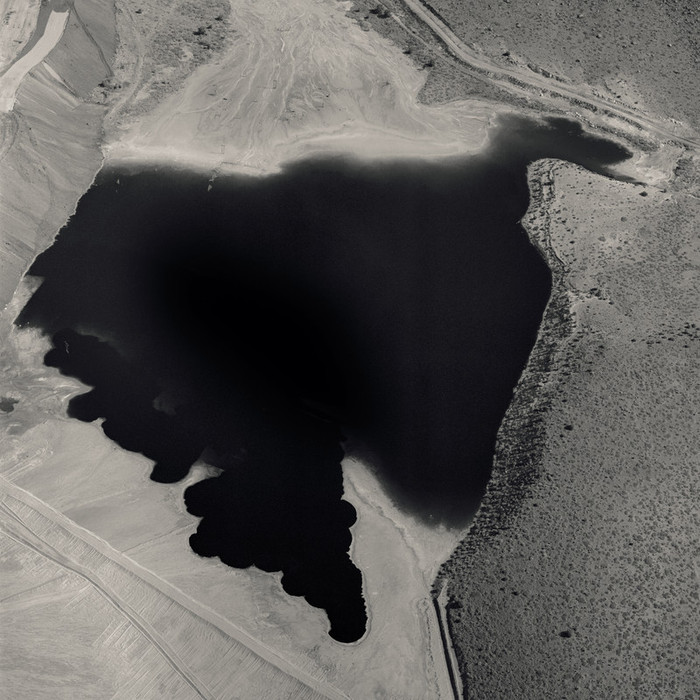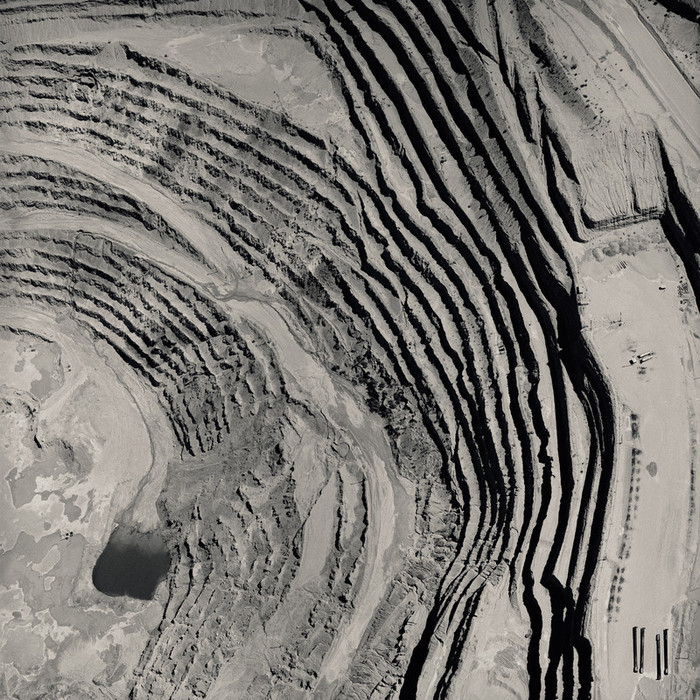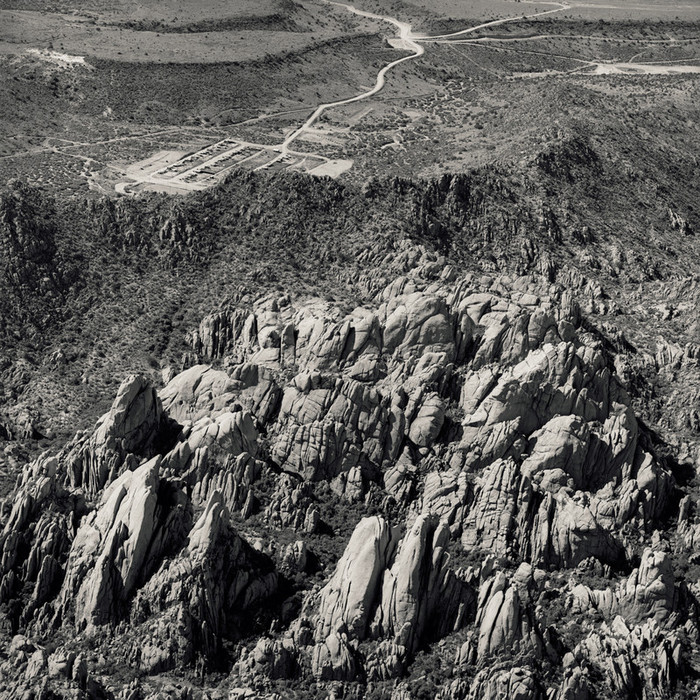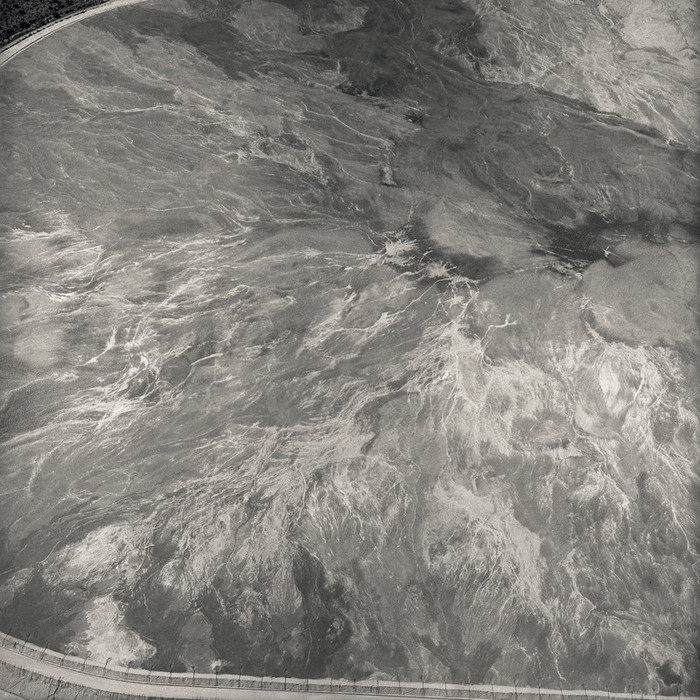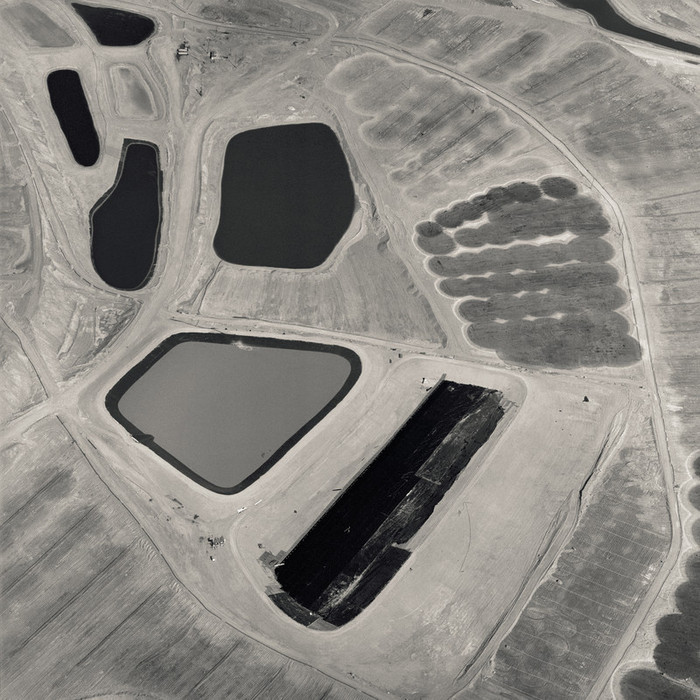Black Maps
© David MaiselBlack Maps had its genesis in 1983, when I began photographing open pit mines from the air. After witnessing the clear-cutting of forests in the Pacific Northwest while photographing the volcano Mount St Helens, I began to consider other ways that human activity transforms the land through industrial effort. In addition, I was captivated by Robert Smithson’s proposals for viewing platforms in the base of abandoned mines.
Legislation governing mining activity in the United States dates from over 135 years ago. The 1872 Mining Law was ratified in an era when this country sought to develop the West and exploit natural resources without regard to environmental consequences. As a legacy of this antiquated law, more than a century of mining has left the West deeply scarred. Modern mining techniques carve out entire mountains and utilize tons of toxic chemicals at massive industrial sites. According to the Environmental Protection Agency, mining is the country's largest source of toxic pollution.
With these sites, I have found subject matter that carried forth my fascination with the undoing of the landscape, in terms of both its formal beauty and its environmental politics. The active and abandoned tailings ponds I have photographed, for example, are strangely beautiful~ yet they are also chock full of cyanide, which is used in the recovery of microscopic particles of gold from the waste tailings of copper mines.
These photographs depict the landscape of the American West as the site of human-induced trauma. Rather than a condemnation of a specific industry, however, my images are intended as an aesthetic response to such despoiled landscapes. These sites are the contemplative gardens of our time, places that offer the opportunity to reflect on who and what we are collectively, as a society. The photographer Walker Evans spoke of the “enchantment of the aesthetically rejected subject.” Similarly, I recognize that strip mines, tailings ponds, cyanide leaching fields, and other such zones form a toxic, yet strangely compelling, terra incognita. I am interested in the cartographic powers of photography, and in making an art of the actual, that renders the uncompromising realities of a flawed, complex world.
click to view complete set in the archive
